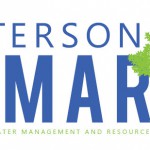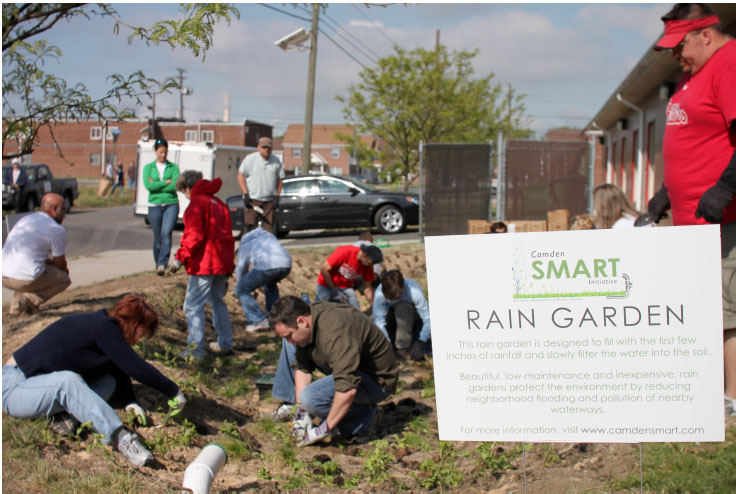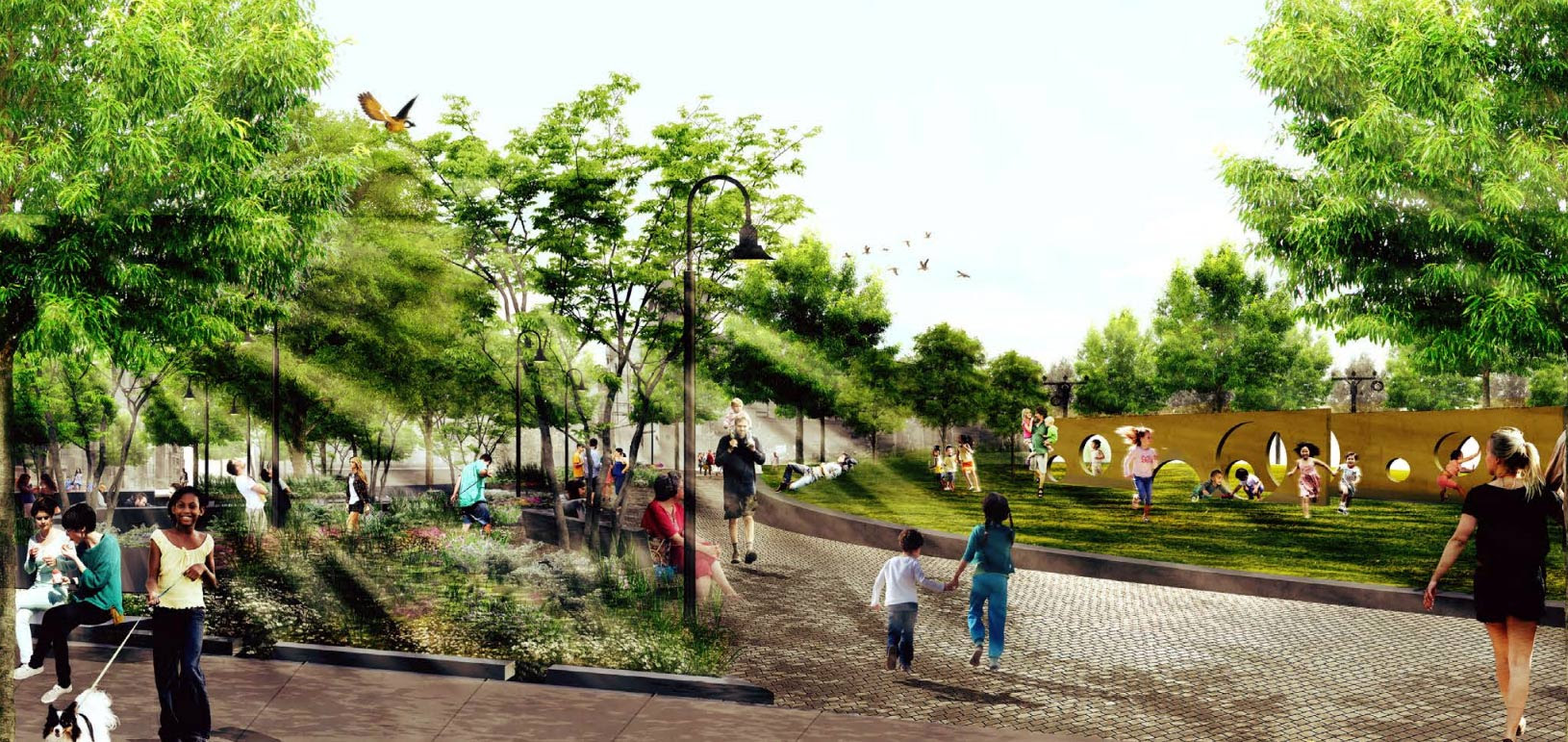New Jersey Future Blog
Leaders From 34 Municipalities Learn About Green Infrastructure
May 17th, 2016 by Kandyce Perry

Attendees from the Pinelands workshop look at a local map and discuss problem spots or barriers, and identify places where green infrastructure opportunities could be explored.
As part of New Jersey Future’s effort to mainstream green infrastructure across the state, it recently conducted two workshops for municipal leaders. The goal for these workshops—conducted in partnership with ANJEC, the Association of New Jersey Environmental Commissions—was to educate local leaders from regions of critical importance to statewide water resources, giving them the knowledge and tools they need to identify opportunities for green infrastructure in their towns and to influence municipal decision making. Mayors, councilmembers, and members of local planning and zoning boards, environmental commissions and green teams, from a total of 20 northwest New Jersey towns and 14 towns in the Pinelands region, attended.
The first workshop, on April 27, in Hopatcong was led by Michele Adams, president of Meliora Design, and Tavis Dockwiller, cofounder of Viridian Landscape Studio (presentation). The second workshop, on May 3 in Egg Harbor Township, was led by Geoff Goll and Jessica Jahre of Princeton Hydro (presentation).
Both workshops began with presentations covering topics like why stormwater matters, where government policy and regulations are headed, what green infrastructure is, and how its benefits extend beyond environmental to economic and societal – the triple-bottom-line sweet spot. Participants also learned how to make green infrastructure happen in both new and existing developments.
The workshops then moved to breakout sessions, which allowed workshop attendees to interact with each other and apply what they had learned. At each workshop, large maps for four towns were provided and four self-selected groups formed. Each group received colored sticky dots and Post-It Notes to mark problem spots or barriers, as well as opportunities for green infrastructure. Each group discussed the town at its table, marked up its map with ideas, and reported back to the larger group with its findings.
Observations from the breakout groups included:
- Prime locations for green infrastructure include areas prone to nuisance flooding, areas that will be redeveloped, and municipal plazas.
- Green infrastructure can be a great educational opportunity when installed on school grounds and/or with good interpretive signage.
- Some groups thought the community should be involved in green infrastructure installation, from the planning of where it will go, to the design of how it will look and be used, and even to project construction and maintenance.
New Jersey Future will be following up with the towns that attended these two workshops to provide them with additional tools and guidance to help them improve local stormwater and land-use ordinances and incentivize the use of green infrastructure.
Next up: New Jersey Future is hosting two additional green infrastructure workshops, but this time, for design professionals working in the state’s Highlands and Pinelands regions. Municipal, county and consulting engineers, landscape architects, and architects who design or review stormwater management systems for public or private sector projects are encouraged to attend. The program will address design, review, installation, maintenance, and myths of green infrastructure. There is no charge for this peer-to-peer training opportunity. Three CEU credits have been applied for and are pending approval. Lunch will be provided. For more information and to register, please see below:
All four green infrastructure workshops are a product of New Jersey Future’s Mainstreaming Green Infrastructure program, which aims to make green infrastructure the first choice for stormwater management in New Jersey.
















